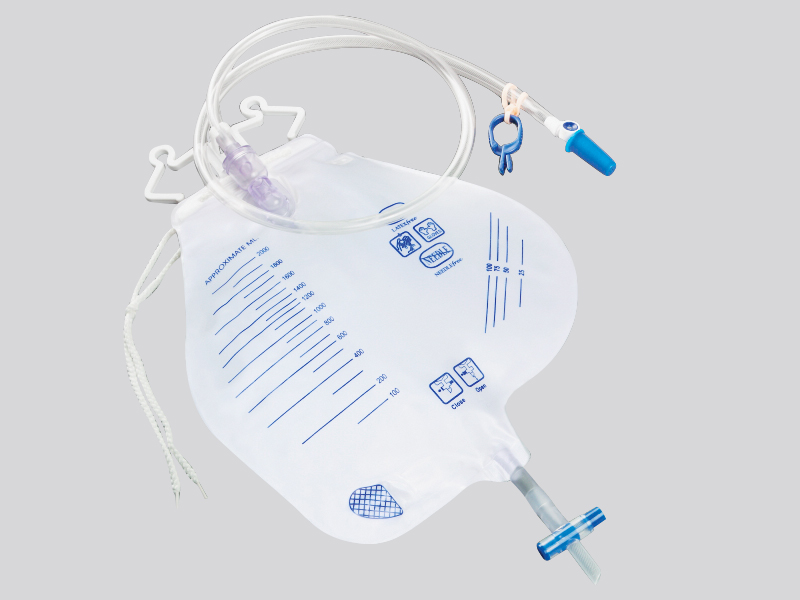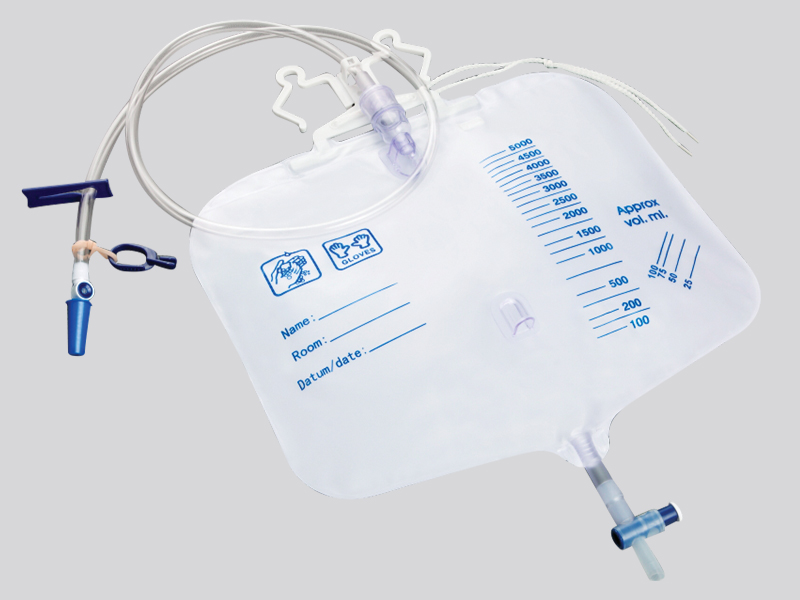
The current position:Home > Information dynamic
> Industry Trends
What is the function of disposable negative pressure drainage device
source:m.maripharm.cn | Release time:2024年12月16日1、 Drainage fluid and secretions
1. Extract exudate from the wound
After surgery, the wound will produce exudate such as blood, lymphatic fluid, and interstitial fluid. The disposable negative pressure drainage device can timely extract these exudate from the body through negative pressure. For example, after abdominal surgery, there may be bleeding and exudate in the abdominal cavity, and drainage devices can effectively remove these fluids to prevent them from accumulating in the abdominal cavity. This is because the accumulated liquid may lead to complications such as infection and tissue adhesion, while negative pressure drainage can keep the wound in a relatively dry environment, which is beneficial for wound healing.
2. Remove purulent secretions
When a wound becomes infected, purulent discharge is produced. The negative pressure drainage device can suck out purulent secretions containing bacteria and necrotic tissue fragments. Taking surface abscess incision and drainage as an example, this device can continuously remove pus from the abscess cavity, reduce the environment for bacterial growth, and promote the resolution of inflammation. Meanwhile, timely removal of purulent secretions can also reduce the risk of infection spread and help control the scope of infection.
2、 Promote wound healing
1. Reduce tissue edema
Negative pressure drainage reduces local tissue edema by suctioning out excess fluid between tissues. For example, after limb trauma surgery, swelling may occur in the limbs due to tissue damage and inflammatory reactions. The use of negative pressure drainage devices can reduce the pressure in tissue gaps, improve local blood circulation, and reduce the adverse effects of edema on wound healing. Good blood circulation can provide sufficient oxygen and nutrients for wounds, which is beneficial for the proliferation of fibroblasts and the synthesis of collagen, thereby promoting wound healing.
2. Improve local blood circulation
Negative pressure environment can prevent the expansion of local blood vessels and the formation of new blood vessels. Under negative pressure, the endothelial cells around the wound will be damaged to some extent, promoting the release of angiogenic factors and inducing new blood vessel growth. This is particularly important for the healing of some wounds with poor blood circulation, such as chronic wounds such as diabetes foot ulcers. New blood vessels can provide better blood perfusion for wounds and accelerate tissue repair.
3. Promote tissue adhesion and healing
This device can tightly adhere the tissue at the edge of the wound. In some surgical incisions, such as plastic surgery or gastrointestinal surgery, negative pressure drainage can reduce the formation of dead spaces and allow tissue to heal in a snug state. Because the presence of dead spaces may lead to fluid and blood accumulation, increasing the risk of infection, negative pressure drainage can help avoid this situation and allow tissues to better fuse together.
3、 Observe changes in the condition
1. Monitoring of drainage fluid
By observing the amount, color, and properties of the drainage fluid, one can understand the condition of the wound. For example, after thoracic surgery, if there is a sudden increase in drainage fluid with a bright red color, it may indicate intrathoracic bleeding; If the drainage fluid becomes turbid and accompanied by an odor, it may indicate that the wound has been infected. Medical staff can adjust treatment plans in a timely manner based on these changes, such as strengthening hemostasis measures or replacing antibiotics.
2. Early detection of complications
Continuous observation of drainage can help detect potential complications early on. For example, after cranial surgery, by monitoring the amount and nature of cerebrospinal fluid drainage, serious complications such as cerebrospinal fluid leakage can be detected in a timely manner. This provides a basis for early intervention, which can reduce the harm of complications to patients and improve treatment effectiveness.
Prev:
What groups of people are disposable enema bags m…
Next:
What groups of people are suitable for using disp…

 Cn
Cn En
En WeChat ID:
WeChat ID:







 Contact us
Contact us
 Add WeChat
Add WeChat
 Telephone
Telephone